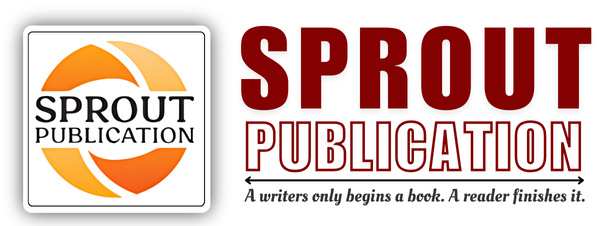Chapter 7: Impurity Profiling and Degradent Characterization-II
Chapter 7: Impurity Profiling and Degradent Characterization-II
Author: Mrs. Kiran Shukla
Volume: 01
First Online: 31 August 2024
Pages: 140-154
DOI:
Abstract
Impurity profiling and degradant characterization are essential for understanding the chemical stability of drug products across different climatic regions, known as stability zones. Stability zones are classified based on temperature and humidity conditions, which can significantly impact the formation of impurities and degradants. The steps in developing impurity profiling involve selecting appropriate analytical methods, identifying potential impurities, and conducting forced degradation studies to simulate extreme conditions. Practical considerations in this process include the selection of suitable solvents, reference standards, and sample preparation techniques to ensure accurate and reproducible results. The basics of impurity profiling focus on identifying, quantifying, and controlling impurities to meet regulatory standards. Degradant characterization emphasizes understanding how and why certain impurities form over time, which is crucial for predicting product shelf life and ensuring patient safety. Special emphasis is placed on method validation, ensuring that analytical techniques are robust, sensitive, and specific to the impurities of interest. This comprehensive approach helps in developing stable drug formulations that remain effective and safe throughout their intended shelf life, regardless of the environmental conditions they may encounter.
Keywords: Impurity profiling, Degradant characterization, Chemical stability, Stability zones, Climatic regions, Temperature and humidity

